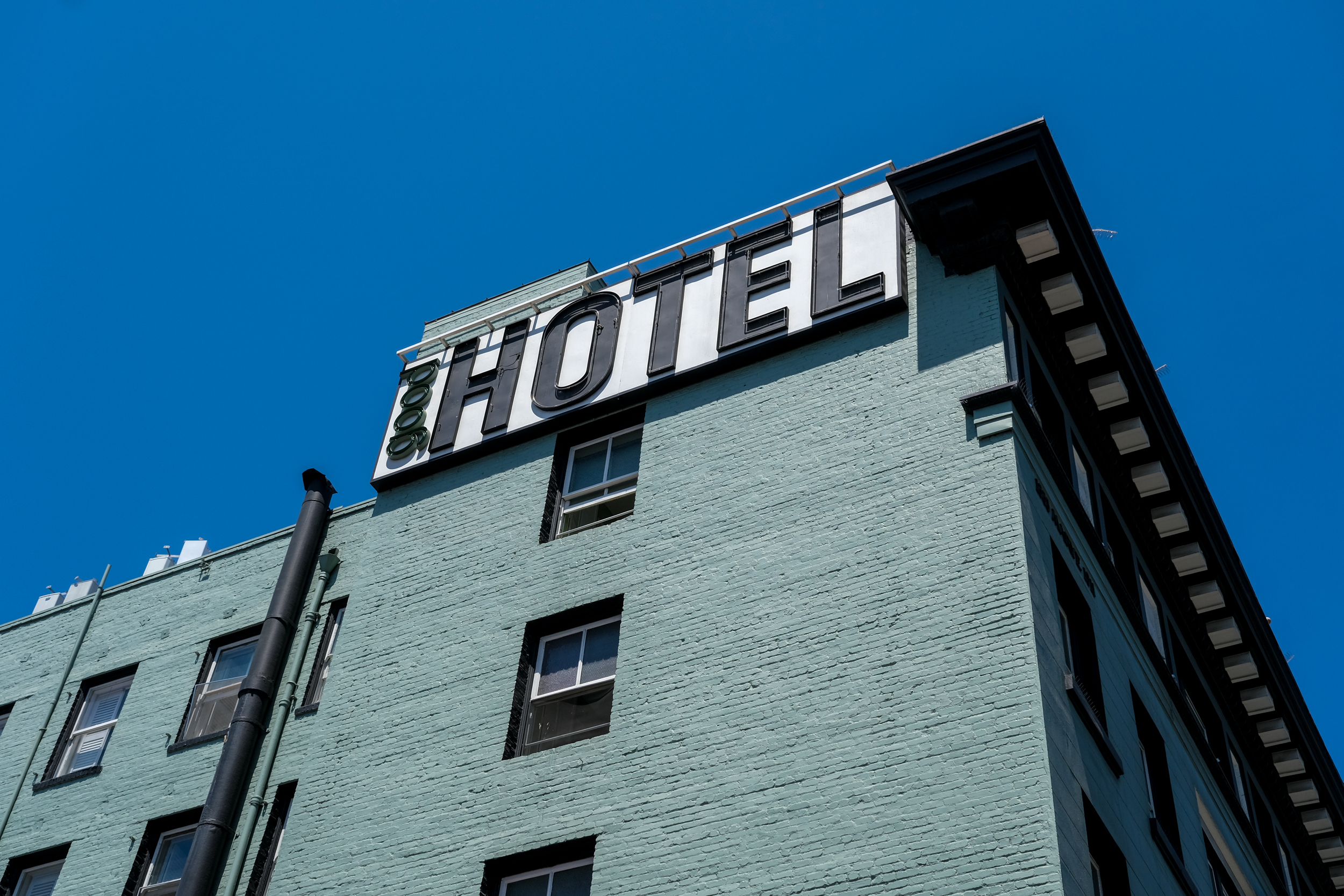Ahead of upcoming budget deliberations, a well-connected civic action group is petitioning Mayor London Breed to lease more hotels as shelters for homeless people.
RescueSF, a nonprofit organization that advocates for solutions to homelessness, told The Standard that it has identified several hotel owners who are eager to lease their properties for cheap as the city’s struggling tourism industry yields low occupancy rates.
Leasing enough hotel rooms to provide beds for 2,000 people would cost the city $800,000 in startup costs and around $64 million in annual operating costs, according to the group’s proposal.
That alone could reduce the city’s unsheltered homeless population by half in just two years, said Mark Nagel, executive director of RescueSF.
“We’ve looked at the city’s plans, and they just don’t have the urgency,” Nagel said. “The public needs to demand this stuff. This is life-and-death for people on the street.”
The city currently has just over 3,000 shelter beds in its portfolio, while over 4,000 people sleep on the city’s streets on any given night.
RescueSF is looking at a former youth hostel turned homeless shelter in Lower Nob Hill as a prototype for its proposal.
That shelter, located at 711 Post St., operates 250 beds under an $18.7 million, three-year contract. Nagel sees 711 Post St. as an example of how people can be sheltered with lower startup costs than other solutions.
The Department of Homelessness and Supportive Housing’s own five-year plan estimated that it would cost $87 million to annually maintain 1,075 additional shelter beds. That’s $81,000 per bed per year.
The department has been reluctant to invest in shelter over housing, contending that it costs more to pay for 24/7 shelter staff and that deprioritizing housing production would ultimately make more people homeless. Nagel and his Rescue SF colleagues argue that the city overestimates the cost of shelter and that leasing hotels can be a cost-effective way to get people inside quickly.
Nagel declined to specify which hotels RescueSF has identified because owners expressed concerns about undermining their value by going public about their interest in leasing to the city. But he said that they are located in Downtown San Francisco’s “central hotel corridor.”
But if 711 Post is any indication, Rescue SF’s proposal is likely to meet pushback from whatever neighborhood those shelters are proposed in.
Neighbors of the 711 Post site have complained that an abundance of poorly maintained hotels in the area has transformed their neighborhood from a tourist hub into a containment zone for the city’s homelessness crisis.
Susan Walsh, a former Alameda County public defender and a spokesperson for the Lower Nob Hill Neighborhood Alliance, didn’t mince words when describing the impact of the 711 Post St. shelter and other nearby facilities in her community.
“They’re putting us through absolute hell,” Walsh said.
Walsh asserted that conditions around 711 Post St. have deteriorated since the facility reached full capacity in February, arguing that the city needs to stop trying to solve the homelessness crisis with short-term solutions. She described watching people have mental breakdowns from her apartment window and said that drug dealers now operate near her home.
A worker for the nonprofit Urban Alchemy, which manages the site, allegedly shot someone during their lunch break in November.
“They need to stop thinking about it as an emergency and then using that as an excuse to put Band-Aids over gaping wounds,” Walsh said.
The city is also paying the price for quickly moving over 3,000 people into hotels during the pandemic, since racking up over $40 million in damage claims to repair the broken-down buildings.
Many homeless advocates, however, regarded that program as a success, noting that it resulted in 1,842 people moving into permanent housing and improved health outcomes among many clients.
Aaron Peskin, the president of the Board of Supervisors, represents Lower Nob Hill. He acknowledged that there have been “hiccups” at the 711 Post St. site but said the shelter has been an overall success. The city needs to spread new shelters across San Francisco in order to reduce the amount of change in a given neighborhood, he added.
“You can treat this as an emergency and still treat it responsibly,” Peskin said. “It’s not just about finding a facility and someone to run it; it is also about devoting additional resources to the community.”
Nagel said that the pandemic hotel program should be taken as a lesson to provide clients with more complete services, rather than as a warning to avoid creating shelters at all.
“At a properly managed shelter, that’s not happening,” Nagel said. “Our interest is to let the public know that there is another way to do this.”
Editor’s Note: This story has been updated to clarify that RescueSF is not a registered lobbying organization.
